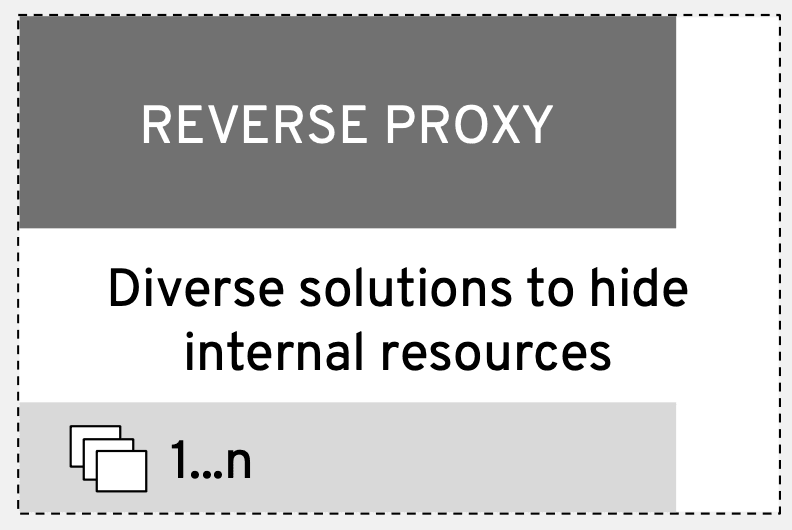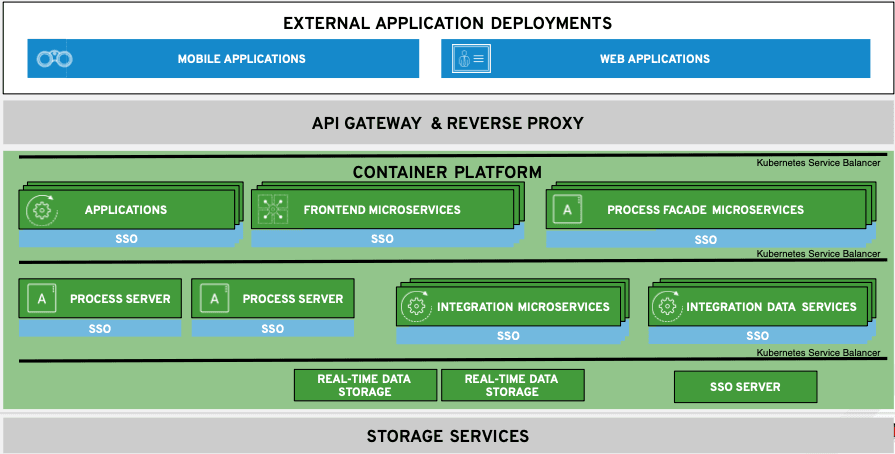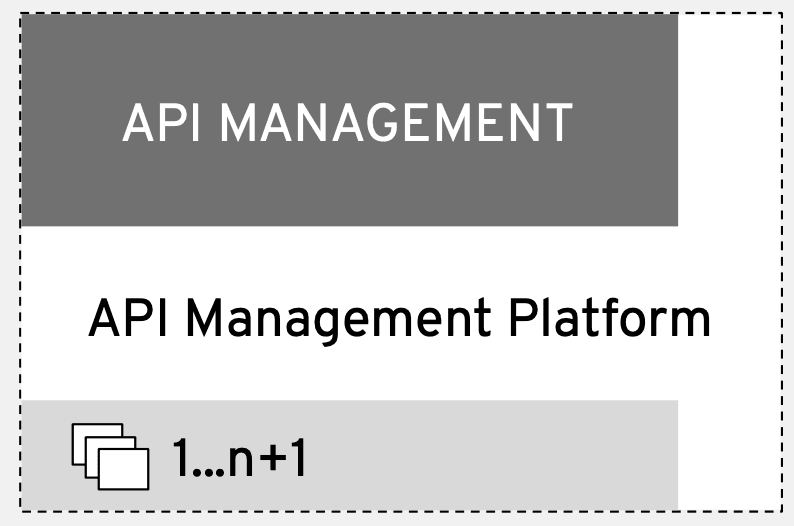Integration Key to Customer Experience – API Management Details
In my previous article from this series we started diving into the details that determine how your integration becomes the key to transforming your customer experience.
It started with laying out the process of how I’ve approached the use case by researching successful customer portfolio solutions as the basis for a generic architectural blueprint. Now it’s time to cover various blueprint details.
This article takes you deeper in to specific elements (API management and reverse proxy) from the generic architectural overview.
Architectural details
As mentioned before, the architectural details covered here are base on real customer integration solutions using open source technologies. The elements presented here are then the
generic common architectural elements that I’ve identified and collected in a generic architectural blueprint. It’s my intent to provide a blueprint that provides guidance and not deep technical details.
This section covers the visual representations as presented, but it’s expected that they’ll be evolving visually over time. There are many ways to represent each element in this architectural blueprint, but I’ve chosen icons, text and colours that I hope are going to make it all easy to absorb. Feel free to post comments at the bottom of this post, or
contact me directly with your feedback.
Now let’s take a look at the details in this architecture and outline the elements uncovered in my research.
API management
When looking at gateways in to an organization, it’s split between managing your API access and hiding the actual landscape behind accessing services in your organization. The first element identified was a management platform for handling API gateway activities.
API management refers to how access is provided to an organizations services. It’s the critical path for access internally to services as well as externally.
Researching customer portfolio solutions revealed that it’s providing access to service interfaces, applications, and other integration microservices. It’s providing scalability, reliability, and interface usage metrics that customer evaluate during operations monitoring.
In the generic architecture blueprint it’s managing interfaces from:
- frontend microservices (providing access to internal integration microservices)
- process facade microservices (providing access to automated integration processes)
- other applications (providing access to aggregated microservices or other internal applications)
Part of the process of eventual access from external parties to your internal services through interfaces involves hiding the specific networking details. To do this we’ll examine
reverse proxies details.
Reverse proxies
This covers various solutions found in research, but all are delivering the same functionality.

The basic security is achieved through these proxies, because they are acting on requests from third parties. By retrieving requested resources for their clients, all external parties are prevented from having actual access to internal networks.
Interactions on behalf of their clients provides them access to the following microservices:
- frontend microservices (providing access to internal integration microservices)
- process facade microservices (providing access to automated integration processes)
- other applications (providing access to aggregated microservices or other internal applications)
These details are not all knowing, but should give you the guidance you’d need to get started in your own architectural situations.
What’s next
This overview covers the API and proxy elements that make up our architecture blueprint for omnichannel customer experience use case.
An overview of the series on omnichannel customer experience portfolio architecture blueprint can be found here:
- An introduction
- Generic common architectural elements
- External application details
- API management details
- Details of specific elements (container platform, storage services)
- Application integration details
- Dissecting several specific application integration architectures
Catch up on any articles you missed by following one of the links above.
Next in this series, taking a look at the details of specific elements in an architecture for omnichannel customer experience.
| Published on Java Code Geeks with permission by Eric Schabell, partner at our JCG program. See the original article here: Integration Key to Customer Experience – API Management Details Opinions expressed by Java Code Geeks contributors are their own. |










